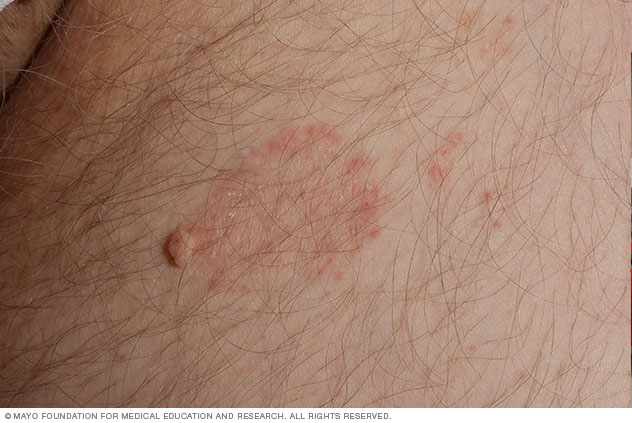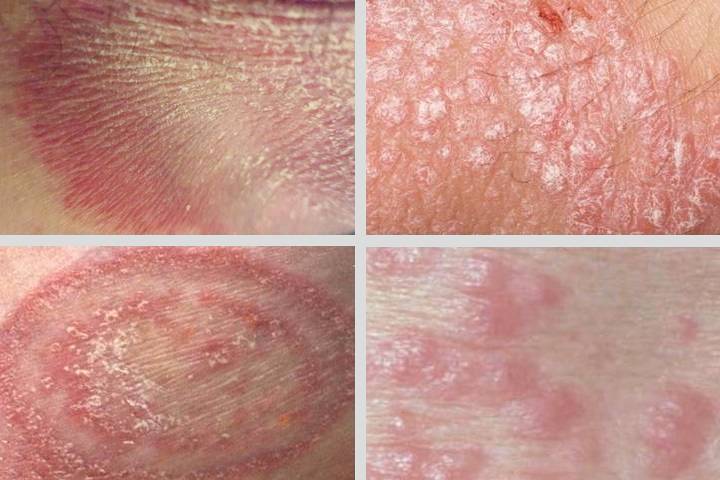
The most common symptoms of Tina Cruris include a red, scaly rash on the groin, sometimes extending to the scrotum. The skin around the infected area is a different shade than the surrounding skin, and the area is extremely itchy. While it can be difficult to treat, there are ways to avoid getting the infection. One of the most effective treatments for Tina Cruris is good hygiene. People with this condition should be especially careful about hygiene when at the gym. The environment is warm and sweaty, making it easier for the fungus to spread. To reduce your risk of contracting this condition, wash your workout clothes regularly and use a good quality antifungal cream.
The infection typically begins in the inguinal skin fold. Eventually, the rash will spread to the lower abdomen, buttocks, and perineum. Chronic tinea cruris often presents as a scaly plaque with raised borders. In severe cases, a doctor may prescribe an oral antifungal medication. Patients with resistant cases may require oral antifungal pills or hot washing of their underwear.
The first Tina Cruris rash usually appears on the inside of the inguinal fold of the thigh. Over time, the rash will spread to the inner part of the thigh, the lower abdomen, and the perineum. Although the penis is generally spared, it is not uncommon for it to be affected as well. This infection is easily treated by washing the infected area in hot water and drying it with a towel.
If you suspect Tina Cruris, it is important to seek medical attention immediately. If the infection has been left untreated, it can return and require more expensive treatments. But, once it has been treated, the infection will clear up. And recurrence is very unlikely if you do not address the underlying factors. In the meantime, the condition will recur if the cause of the infection is not resolved.
The most common symptoms of Tina Cruris are infected skin areas and scrotum. Acute Tina Cruris can be embarrassing for many men. The symptoms of Tina Cruris are not uncommon and it can be treated with the help of antifungal medications. However, if the infection is chronic, it can lead to permanent damage to the penis. For this reason, you should seek medical care.

In the case of acute Tina Cruris, the disease usually starts in the fold of skin between the thighs and progresses to the lower abdomen and the groin. It can also affect the buttocks and the perineum, buttocks, and scrotum. Buttock itch is a common symptom of Tina Cruris in adults. If you have a rash on the groin, consult your doctor.
The doctor will ask you to wear underwear that covers the groin. The doctor will perform a potassium hydroxide test on the area. This test is useful in diagnosing Tina Cruris, but it is important to note that it is a mild case. Generally, you can treat the condition with a prescription or over-the-counter medications. To avoid the unpleasant side effects of antifungal cream, apply it on a daily basis.
Tina Cruris can be difficult to diagnose, but if you notice any of the following, it could be a sign of Tina Cruris. A scaly rash in the groin is the most common symptom of this disease. In addition to the scaly rash, it can also affect the buttocks, lower abdomen, and perineum. Fortunately, there is no cause for concern.
If symptoms of Tina cruris are present, it is likely that the infection has spread beyond the infected area. The infected area is usually a raised, scaly plaque. In some cases, the rash may spread to the outer thigh and groin. It is usually not invasive. Once this has been identified, treatment consists of applying antifungal creams twice a day.
The rash is usually itchy and may also spread to the groin. This can be very uncomfortable and even painful. You should consult with your doctor to determine the right treatment for your condition. In severe cases, antifungal medications may be taken. Although there are no known cures for Tina Cruris, it is important to be aware of the symptoms and check the site regularly for prevention information https://rubricadiarte.it/. The rash is usually itchy and flaky and should not be scratched.